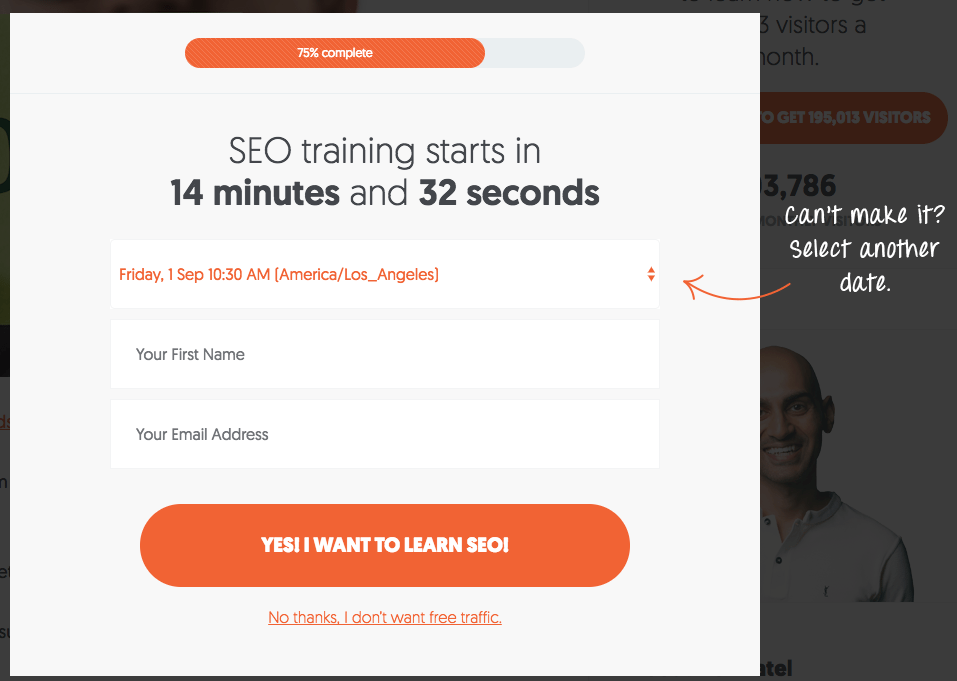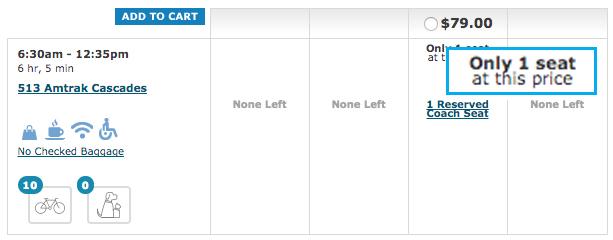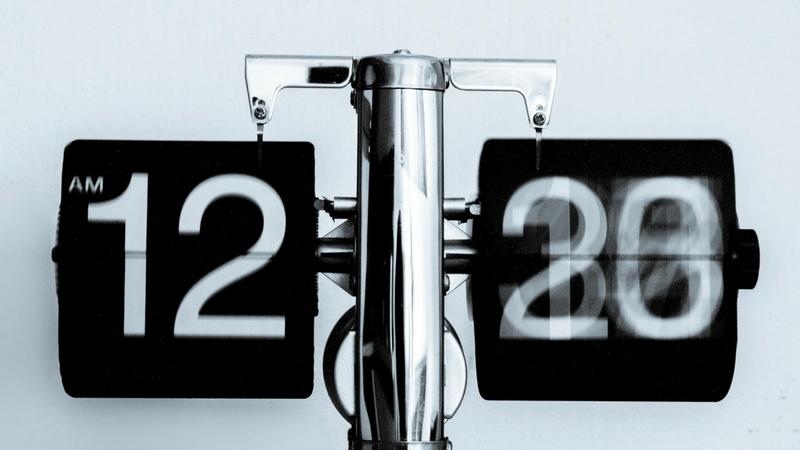How to Create Urgency to Drive a Sale, Today
Episode #2 of the course Psychological factors that influence purchase decisions by James Scherer
The biggest barrier between your customer buying from you often isn’t price or a lack of communicated value, or even a matter of trust.
It’s laziness.
We think of our visitors and prospective customers coming to our website and saying “Yes” or “No” to our product and sales funnel, because that’s the way it feels. The fact is that a “bounce” is actually neither of these. Leaving is a non-decision.
As a result, one of the most influential psychological factors that affect the buying process is urgency—giving your prospective customers a reason to buy, now. Not tomorrow. Not down the line. In this moment.
And there’s two primary forces we can use to do that: lack of time and scarcity of resources.
Lack of Time
If I want this valuable thing but know that it’s going to disappear in 14 minutes and 32 seconds, I better act quickly.
A deadline puts pressure on your prospective customer’s decision-making. It makes them not necessarily act rashly, but rather with decisiveness. The concerns they have need to be pushed to the side in favor of the fact of the matter: This is their one chance and it will be gone soon.
Example:

This example from NeilPatel.com puts a time limit on your access to Neil’s SEO training and is offered within a click pop-up from his blog article.
Scarcity of Resources
The second effective way to create urgency is to add subjective value to your product by making it a rare commodity.
Consider the value of one of those old “only six ever made” cars. Or that vintage of wine which, because of a flash frost, was only bottled four times. These cars and wines aren’t necessarily better than those that are mass-produced on a daily basis.
But because of their rarity, we ascribe to them a high value.
An effective way to influence your prospective customer’s purchase behavior is to make your products “limited edition.”
Example:

Everyone who’s ever bought a train ticket or flight online knows the “Only 1 seat available!” note. This example from Amtrak is a powerful motivator for me to purchase before I lose out.
Example of This Psychological Factor in Action
In 2006, Marketing Experiments gave a $100 discount on their service, available until the 30th of May. They promoted the campaign via email for three weeks (May 8th to May 28th) and drove 33 conversions during that time. Then they sent two more emails promoting the discount on the mornings of May 29th and 30th, generating 37 sales in that time period.
That’s roughly a 1,000% increase in sales per day when the deadline put more pressure on buyers’ decisions.
Actionable takeaway for these psychological factors:
• When you run a promotion of any kind, create limits and then place those limits front and center in your messaging.
• Run your next social media contest (with share incentives) for only 14 days, and send reminder emails to share the promotion 48 hours before it finishes.
• Before you launch your next product feature or update, release it (exclusively) in a batch of 100 to the first people who opt in to receive it.
Tomorrow, we’ll be diving into another powerful psychological factor: “sampling.”
Recommended book
Share with friends

